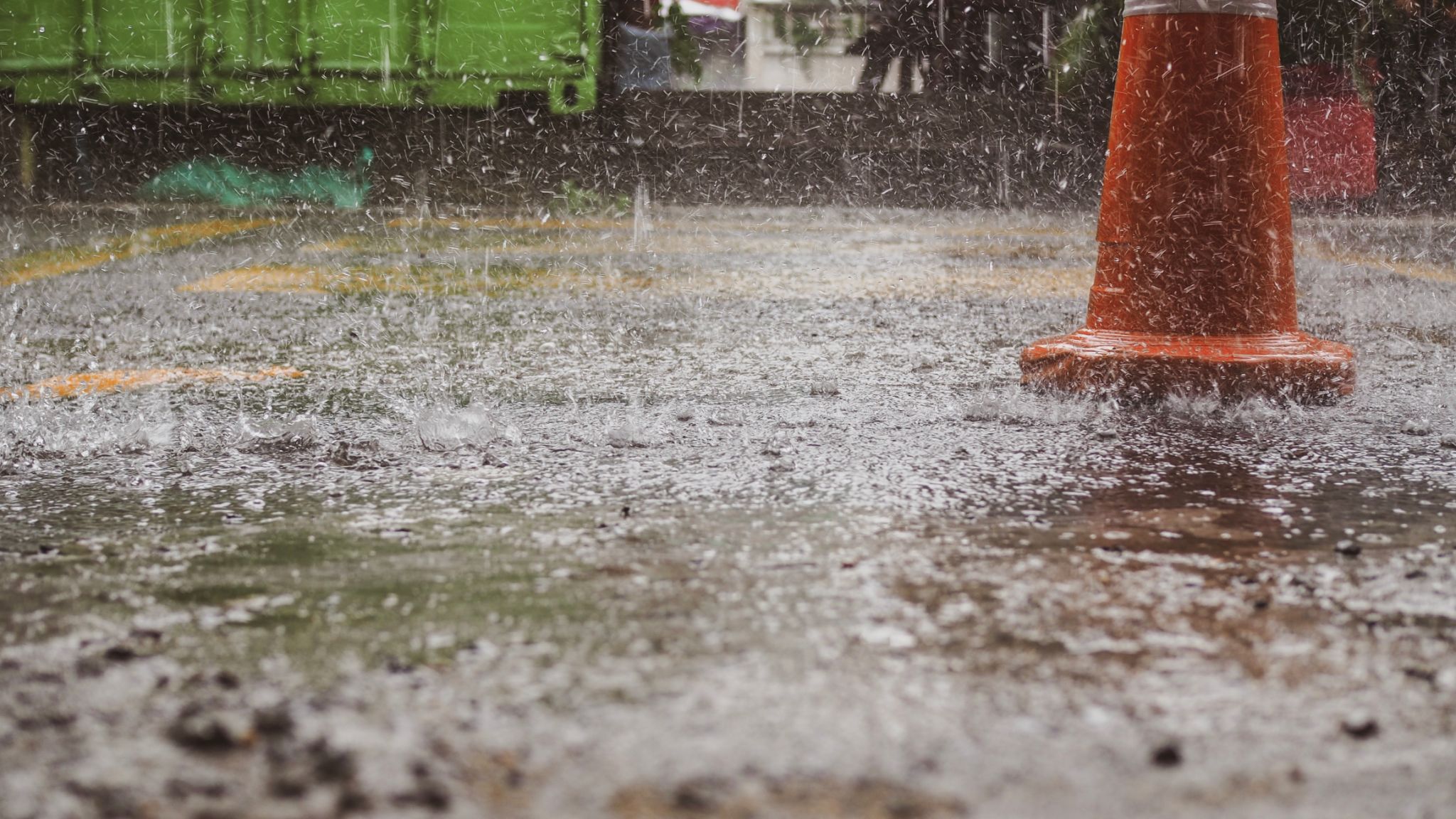Preparing for the Rainy Season: Construction Tips for Uganda
Understanding the Rainy Season in Uganda
Uganda experiences two main rainy seasons, typically from March to May and September to November. These periods can bring heavy downpours, making it essential for construction projects to be well-prepared to tackle the challenges posed by increased rainfall. Being proactive in planning and execution can help safeguard your construction site and ensure the safety of workers and longevity of structures.
Preparing for the rainy season involves more than just keeping an eye on the weather forecast. It's about implementing robust strategies to protect ongoing projects from potential water damage and unforeseen delays. Here are some vital tips to consider.

Site Preparation and Drainage
Importance of Proper Drainage
One of the most critical aspects of preparing a construction site for the rainy season is ensuring proper drainage. Adequate drainage systems prevent water from pooling around your site, which can lead to erosion, foundation issues, and other complications. Begin by assessing the natural slope of your site and plan for water runoff.
Installing Drainage Solutions
Consider installing trenches, ditches, or French drains to direct water away from critical areas. It might also be beneficial to use gravel or crushed stone in access areas to help with drainage while maintaining walkability. Remember, a well-thought-out drainage plan is an investment that pays off by preventing costly water damage.

Weatherproofing Materials and Equipment
Protecting Construction Materials
Rain can be detrimental to construction materials such as wood, cement, and steel. It's essential to store these materials in covered areas or wrap them in waterproof tarps to prevent water damage. Consider using moisture-resistant materials wherever possible to enhance durability.
Securing Tools and Machinery
Ensure that all tools and machinery are stored properly when not in use. Use waterproof covers or temporary sheds to protect equipment from the elements. Regular maintenance checks are also crucial during this period, as moisture can lead to rust and mechanical issues.

Safety Measures for Workers
Ensuring Worker Safety
Worker safety should always be a top priority, especially during adverse weather conditions. Provide appropriate rain gear such as waterproof jackets, boots, and gloves. Additionally, ensure there are clear protocols for when work should pause due to hazardous weather conditions.
Training and Emergency Preparedness
Conduct training sessions to educate your workforce on safety practices specific to the rainy season. Equip the site with emergency kits and establish clear communication channels for weather updates and emergency instructions.
Adjusting Project Timelines
The rainy season can lead to unavoidable delays. It's wise to adjust project timelines accordingly, incorporating buffer periods to account for potential setbacks. This proactive approach helps manage client expectations and ensures a realistic completion schedule.
Effective planning and execution are key to successfully navigating Uganda's rainy season in construction. By prioritizing safety, safeguarding materials and equipment, and ensuring proper site drainage, you can minimize risks and keep your projects on track.
